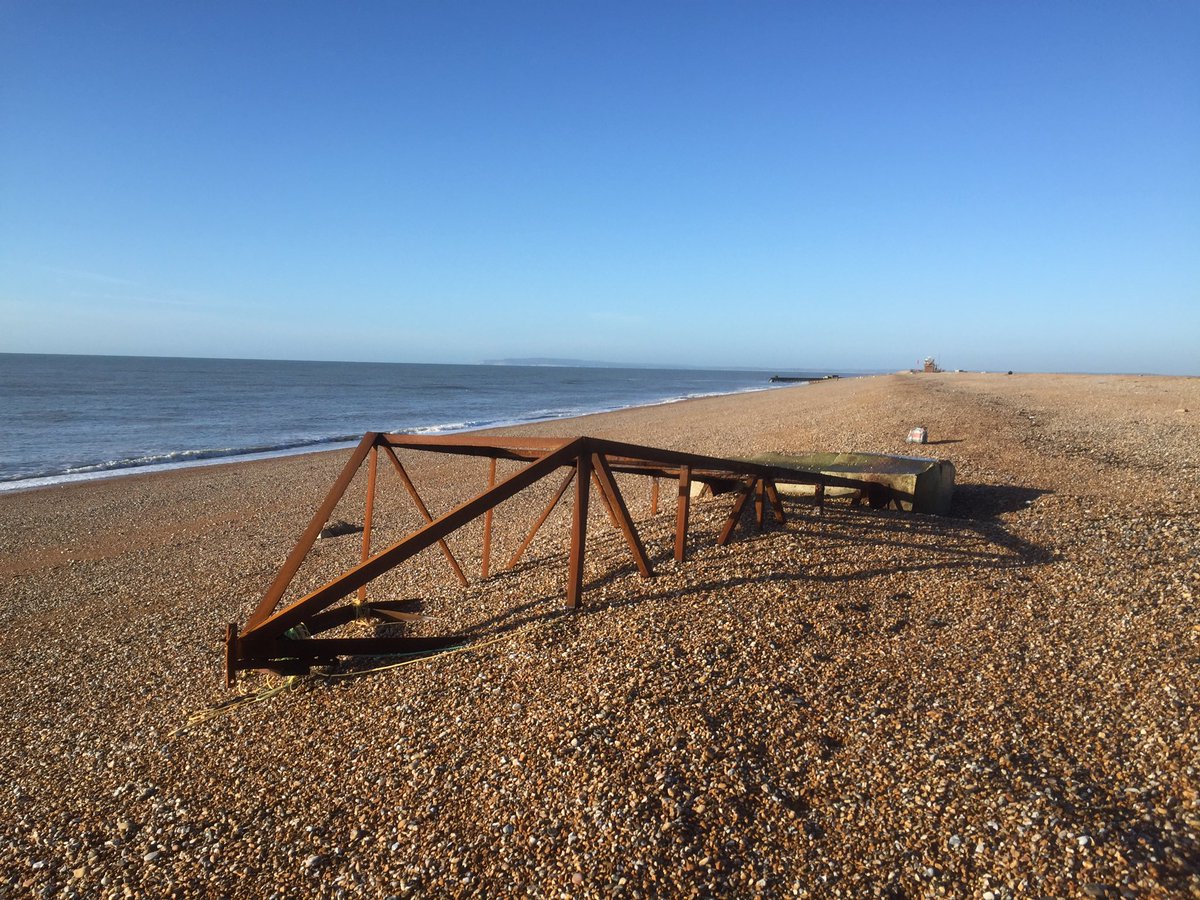Farewell Dick
I first met Dick Burness at Dungeness some time in the mid-to-late 1970s. He was part of a band of birders that, in my early days at the observatory, I was heavily influenced by. They were all a good 10-15 years older than me and did not fit the birdwatching stereotype that I was used to. Out went my preconception of older birdwatchers as vicars, gentlemen and nerds - I was introduced to a tribe of long-haired, wildly clothed, well-travelled and street-wise geezers. Most of this Dungeness gang were baby-boomers from London, Surrey and Kent, who had gravitated together and forged a fierce loyalty to Dungeness, whilst pushing the boundaries of their knowledge in the field by travelling to North Africa and the Middle East. They were, in effect, working-class ornithological pioneers. To say that I was impressed by them would be an understatement. Never in my wildest dreams did I think that this exotic band - they looked like a cross between outlaws and pirates - would accept such an insi...















